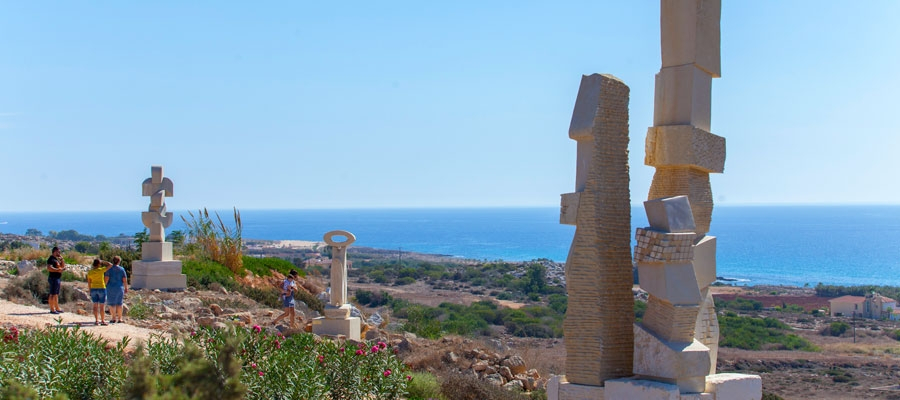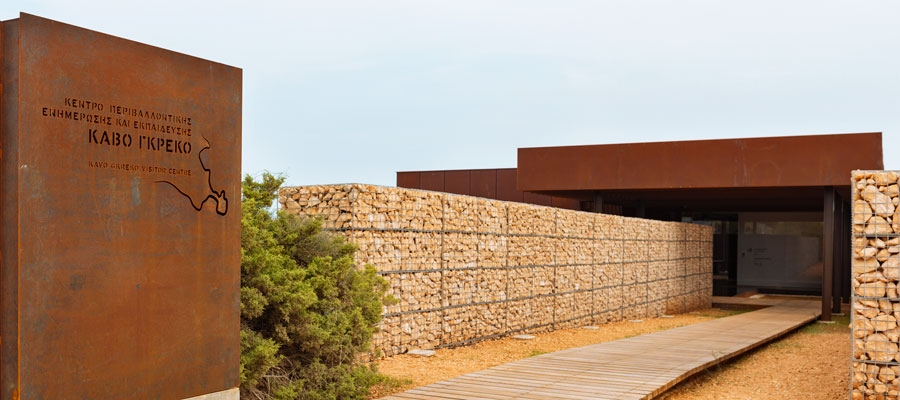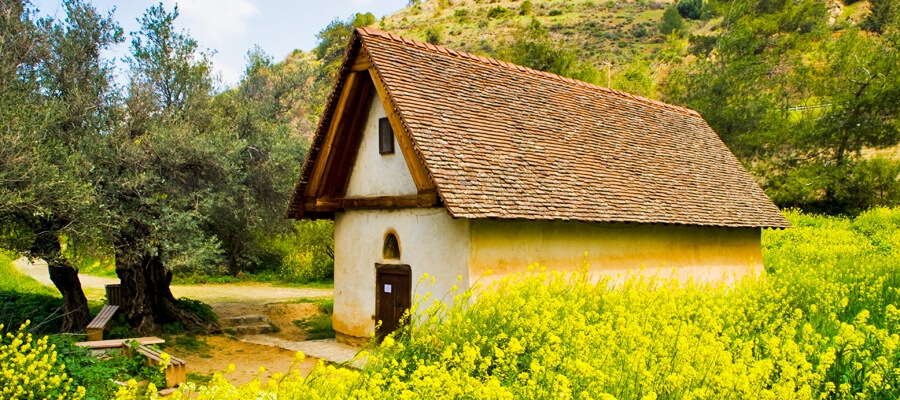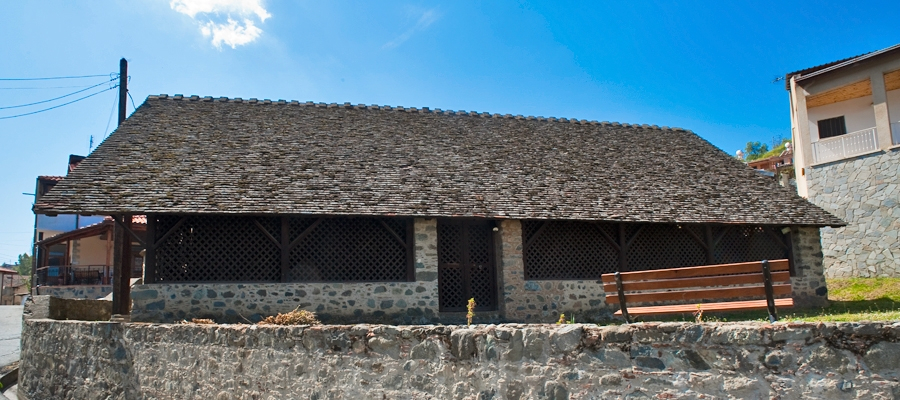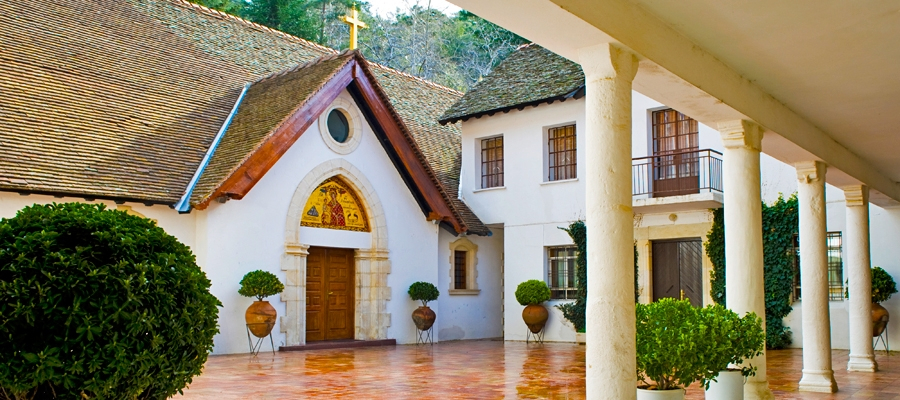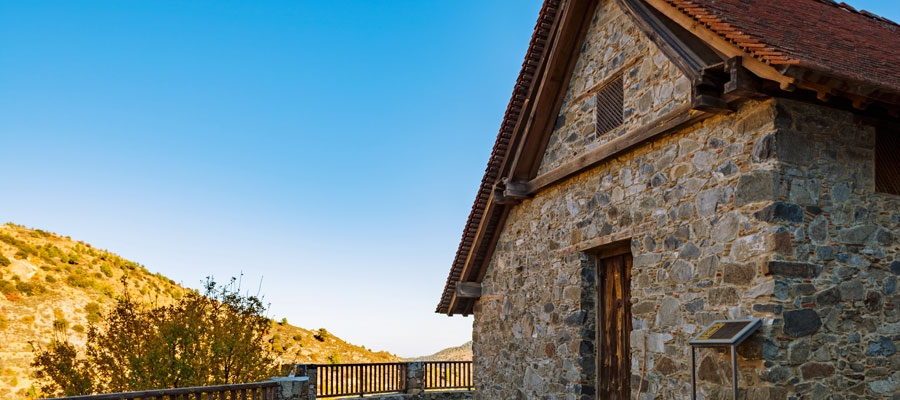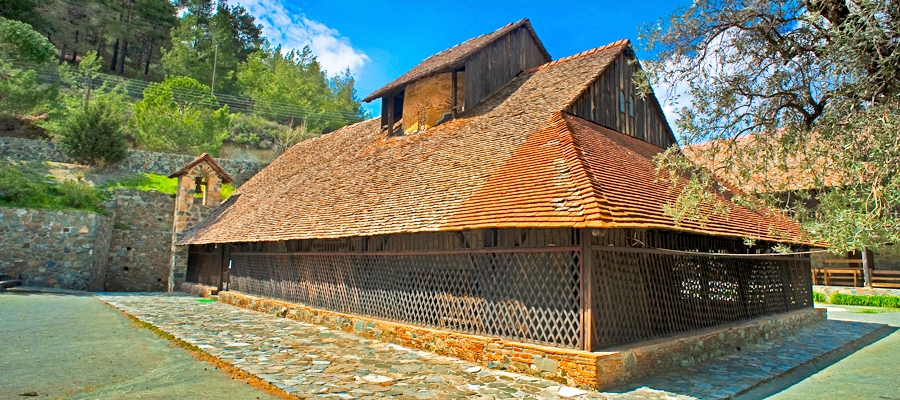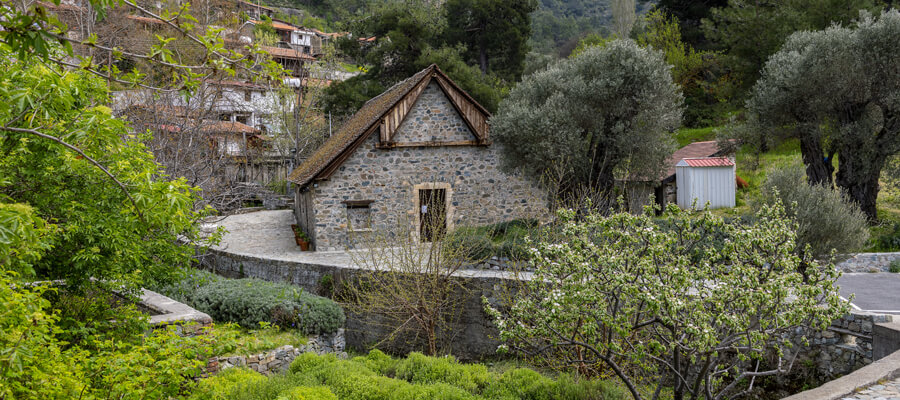Located at the crossroads of Cape Gkreko and Kryou Nerou Avenue, the 20.000 square metres sculpture park and its adjoining cactus park offer a beautiful setting for a stroll with stunning, panoramic views, and benches along the way.
The sculpture park consists of a large collection of pieces by over 50 artists from around the world who have participated in the annual Sculpture Symposium held by Agia Napa Municipality. The expansion of the collection is an ongoing project that is continually being added to, and in 2015, artists from around the world created their sculptures on-site over a period of three weeks, turning the park into an open-air workshop.
The Park of Mediterranean Plants, Cacti and Succulents is an extension of the sculpture park and is also an ongoing project to showcase the various cacti and dried plant varieties of the island.
| Region: | Ammochostos (Famagusta) |
| Address: | Kryou Nerou Avenue, Agia Napa |
| Contact No: | Tel: +357 23 816 300, Fax: +357 23 722 607 |
| Operating Hours: | From sunrise to sunset. |
| Operating Period: | All year round. |
| Entrance Fee: | Free |
| Opening and closing times as well as entrance fees, are subject to alterations without notice. Visitors are advised to check before visiting. |

